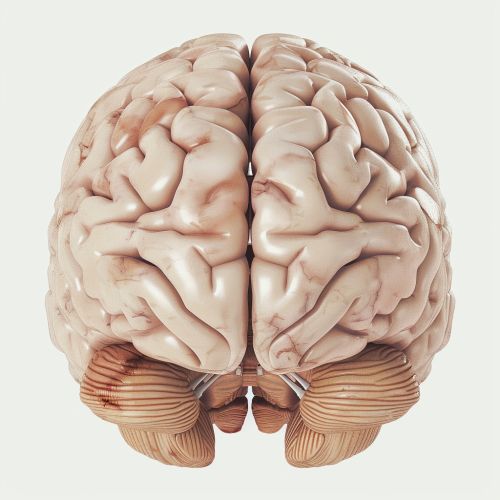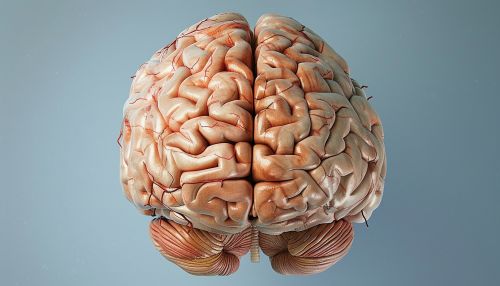Longitudinal fissure
Anatomy
The cerebral hemisphere is divided by a deep sulcus known as the longitudinal fissure. This groove separates the two hemispheres of the brain into the left and right sides. The longitudinal fissure extends from the front of the cerebrum to the back, along the midsagittal plane. It is one of the most prominent features visible when viewing the brain from above.


The longitudinal fissure is not a simple straight line but rather a complex, irregular groove with several branches. It is lined with a thin layer of connective tissue called the falx cerebri, which helps to stabilize the brain within the skull.
Development
The formation of the longitudinal fissure begins early in embryonic development. During the third week of gestation, the neural plate folds to form the neural tube, the precursor to the central nervous system. As the neural tube develops into the brain and spinal cord, the cerebral hemispheres begin to form and gradually separate, creating the longitudinal fissure.
Function
The primary function of the longitudinal fissure is to separate the two hemispheres of the brain. This separation allows the two sides of the brain to function independently, enabling complex processes such as lateralization of brain function. For example, in most right-handed individuals, the left hemisphere, separated by the longitudinal fissure, is dominant for language and hand use.
Clinical Significance
Abnormalities in the longitudinal fissure can be indicative of certain neurological conditions. For example, a condition known as agenesis of the corpus callosum occurs when the bundle of nerve fibers connecting the two hemispheres fails to develop, affecting the depth and shape of the longitudinal fissure. This can lead to cognitive and developmental issues.
